Author: Jordan Folks
Bred in 2006 and previously known as USDA Experimental #074, Vista hops are an American variety known to impart beer with tropical fruit, stone fruit, and melon characteristics, making it ideal for modern IPA.
Alpha: 8 – 12%
Beta: 3.5 – 5.5%
Cohumulone: 32 – 34%
Total Oil: 0.8 – 2.0 mL/100g
Myrcene: 30 – 40%
Humulene: 18 – 22%
Caryophyllene: 10 – 14%
Farnesene: 0.1 – 1.0%
Linalool: 0.4 – 0.8%
Geraniol: 0.5 – 0.8%
ß-Pinene: 0.2 – 0.6%
Parentage: open pollination cross between tetraploid Perle female and unknown diploid male
Having never used Vista before, I found the existing descriptors very appealing, as I’m a big fan of fruity IPA. When I finally got my hands on some fresh Vista hops, I excited to try it out in a single-hop Pale Ale that I would serve to blind tasters for evaluation.
| MAKING THE BEER |
I went with our standard Hop Chronicles Pale Ale recipe for this batch, making small adjustments to the kettle hop additions to keep the bitterness in check. Thanks to F.H. Steinbart for hooking me up with the malt for this batch!
Vista Pale Ale
Recipe Details
| Batch Size | Boil Time | IBU | SRM | Est. OG | Est. FG | ABV |
|---|---|---|---|---|---|---|
| 5.1 gal | 60 min | 40.2 | 4.3 SRM | 1.053 | 1.005 | 6.3 % |
| Actuals | 1.053 | 1.005 | 6.3 % | |||
Fermentables
| Name | Amount | % |
|---|---|---|
| Pale 2-Row Malt | 10 lbs | 83.33 |
| Vienna Malt | 2 lbs | 16.67 |
Hops
| Name | Amount | Time | Use | Form | Alpha % |
|---|---|---|---|---|---|
| Vista | 7 g | 60 min | Boil | Pellet | 10.9 |
| Vista | 7 g | 30 min | Boil | Pellet | 10.9 |
| Vista | 21 g | 15 min | Boil | Pellet | 10.9 |
| Vista | 57 g | 2 min | Boil | Pellet | 10.9 |
| Vista | 57 g | 2 days | Dry Hop | Pellet | 10.9 |
Yeast
| Name | Lab | Attenuation | Temperature |
|---|---|---|---|
| Flagship (A07) | Imperial Yeast | 77% | 32°F - 32°F |
Notes
| Water Profile: Ca 83 | Mg 5 | Na 10 | SO4 160 | Cl 27 |
Download
| Download this recipe's BeerXML file |
I started off my brew day by flipping the switch on my controller to heat up the water I’d previously adjusted to my desired profile before weighing out and milling the grain.
When the water was properly heated, I incorporated the grains and set the controller to maintain my desired mash temperature of 152°F/67°C.
During the mash rest, I prepared the kettle hop additions.
Once the 60 minute mash rest was complete, I removed the grains and proceeded to boil the wort for 60 minutes, adding hops at the times stated in the recipe.
When the boil was complete, I used my plate chiller to chill the wort during transfer to a sanitized fermentation keg.
A refractometer reading showed the wort was at my target OG.
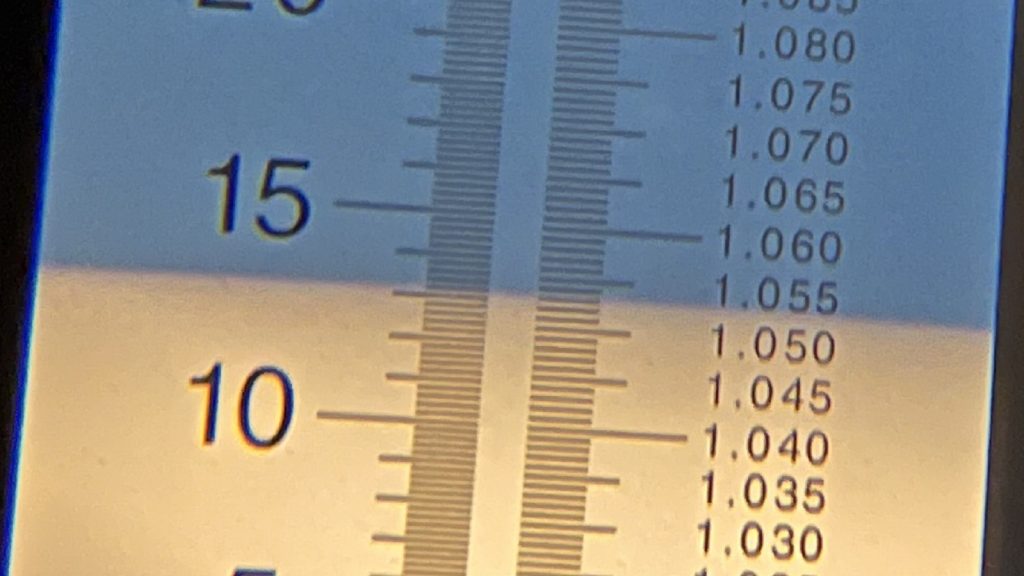
Next, I pitched as starter of Imperial Yeast A07 Flagship into the wort.
The beer was left to ferment at 66°F/19°C for 2 weeks before I took a hydrometer measurement confirming FG was reached.
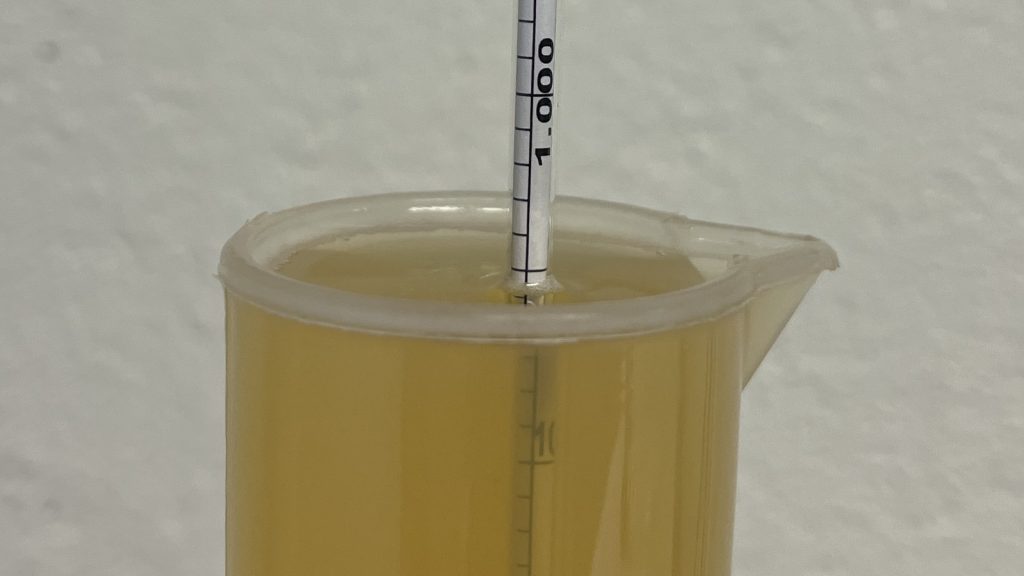
With fermentation complete, I transferred the beer to a CO2 purged keg. The filled keg was placed in my keezer and burst carbonated overnight before I reduced the gas to serving pressure. After a week of conditioning, I transported the keg with me to Homebrew Con in San Diego, CA for data collection.
| METHOD |
Participants were instructed to focus only on the aromatic qualities of the beer before evaluating the flavor. For each aroma and flavor descriptor, tasters were asked to write-in the perceived strength of that particular characteristic on a 0-9 scale where a rating of 0 meant they did not perceive the character at all and a 9 rating meant the character was extremely strong. Once the data was collected, the average rating of each aroma and flavor descriptor was compiled and analyzed.
| RESULTS |
A total of 78 people participated in the evaluation of this beer, all blind to the hop variety used until after they completed the survey. The average aroma and flavor ratings for each descriptor were plotted on a radar graph.
Average Ratings of Aroma and Flavor Perceptions
The 3 characteristics endorsed as being most prominent by participants:
| Aroma | Flavor |
| Citrus | Citrus + Tropical Fruit (tie) |
| Tropical Fruit | Melon |
| Melon | Spicy/Herbal |
The 3 characteristics endorsed as being least prominent by participants:
| Aroma | Flavor |
| Grassy + Earthy/Woody + Onion/Garlic (tie) | Grassy + Earthy/Woody + Dank/Catty (tie) |
| Resinous + Dank/Catty (tie) | Resinous + Onion/Garlic (tie) |
| Pine | Pine |
Next, participants were asked to rate the pungency/strength of the hop.
Tasters were then instructed to identify beer styles they thought the hop would work well in.
Finally, participants were asked to rate how much they enjoyed the hop character on a 1 to 10 scale.
My Impressions: The most prominent characteristics I got from this single-hop Vista Pale Ale was melon with supporting citrus notes, which made for a pleasurable drinking experience.
| CONCLUSION |
Like many newer hop varieties these days, Vista possesses many qualities desired by modern brewers including a relatively high alpha acid level and pungent characteristics of tropical fruit, stone fruit, and melon. Released by the USDA public breeding program, Vista was included in the Elite Line based on feedback from brewers who participated in the 2019 Hopsource, a blind aroma test put on by the Brewer’s Association in collaboration with Yakima Valley Hops.
The most prominent characteristics noted by people who evaluated a Pale Ale made solely with Vista were citrus, tropical fruit, and melon, while less desirable grassy, earthy/woody, onion/garlic, and dank/catty were the least endorsed characteristics. Further aligning with existing descriptions, a majority of tasters rated the hop pungency in this beer as being extreme, with everyone else rating it as strong; not a single taster felt it was moderate or mild pungency. Given this data, it’s unsurprising every tasters felt Vista would work well in notably hoppy styles, namely IPA and American Pale Ale.
While I perceived essentially the same characteristics in this Vista Pale Ale as the blind tasters, to my palate, the melon notes were a bit stronger than the citrus and tropical fruit. Regardless, I enjoyed the generally fruity nature of this variety and feel it would work well in a variety of styles, particularly IPA. I look forward to using Vista more in the future, especially in conjunction with other fruit-forward hops in an attempt to create an even more elevated hop experience.
Vista hops are available now at Yakima Valley Hops, get some while you can! If you have any thoughts on this variety, please feel free to share them in the comments section below.
Support Brülosophy In Style!
All designs are available in various colors and sizes on Amazon!
Follow Brülosophy on:
FACEBOOK | TWITTER | INSTAGRAM
If you enjoy this stuff and feel compelled to support Brulosophy.com, please check out the Support page for details on how you can very easily do so. Thanks!



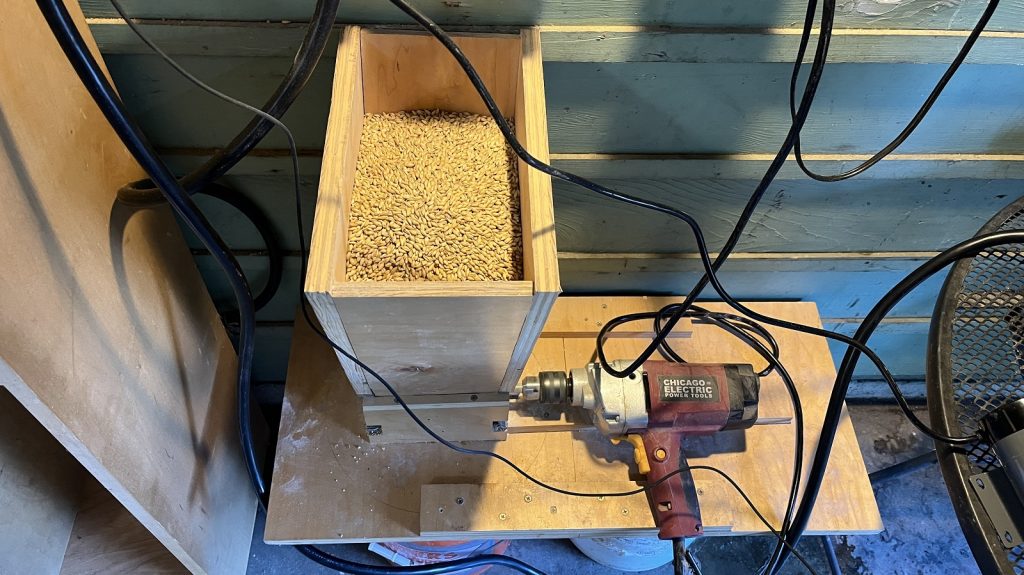
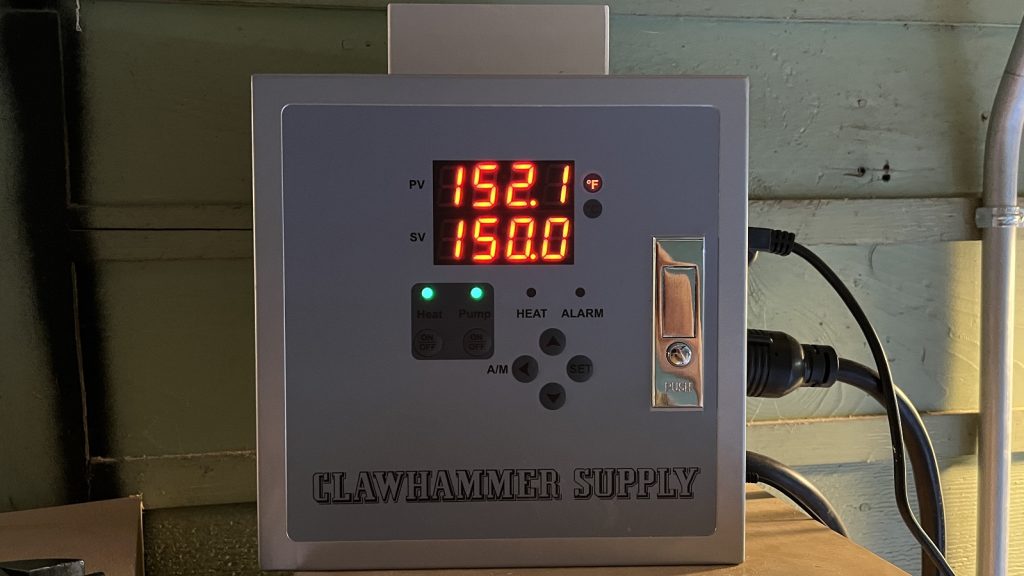

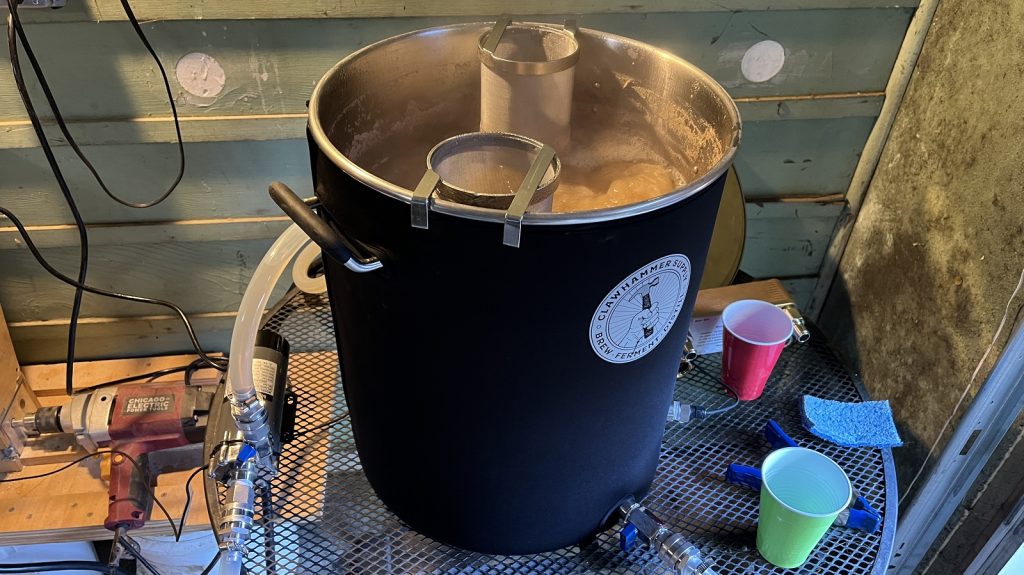
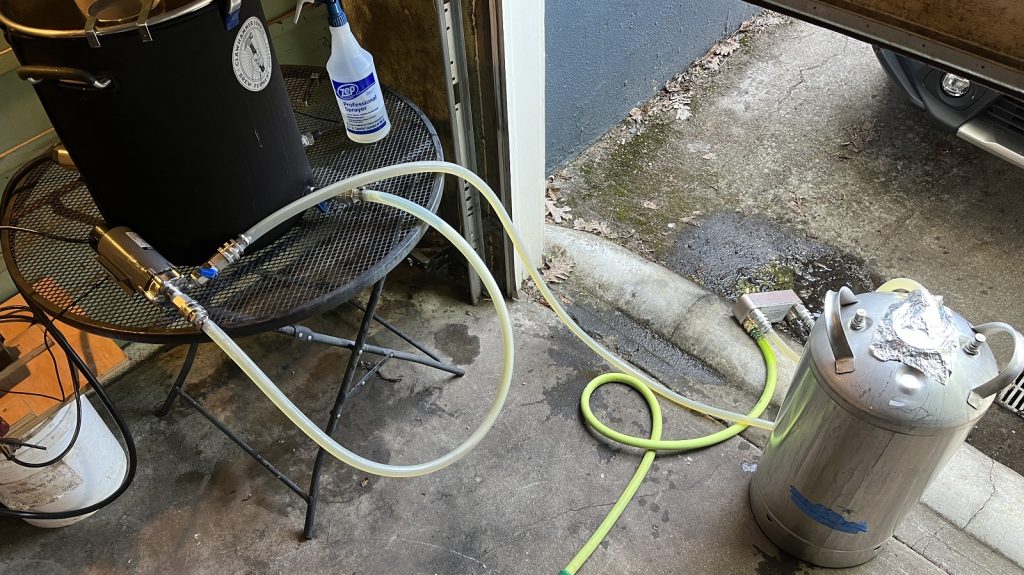
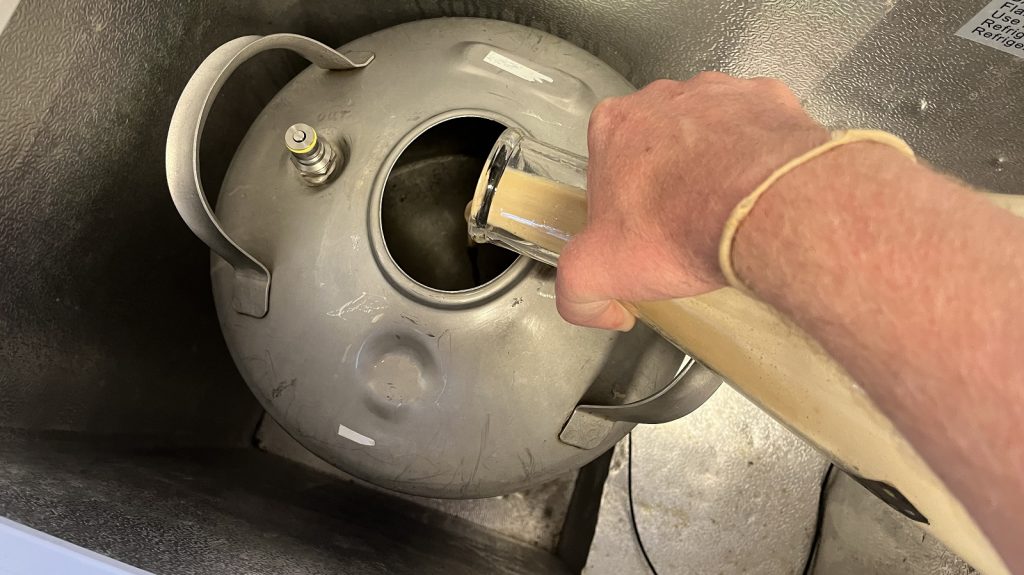
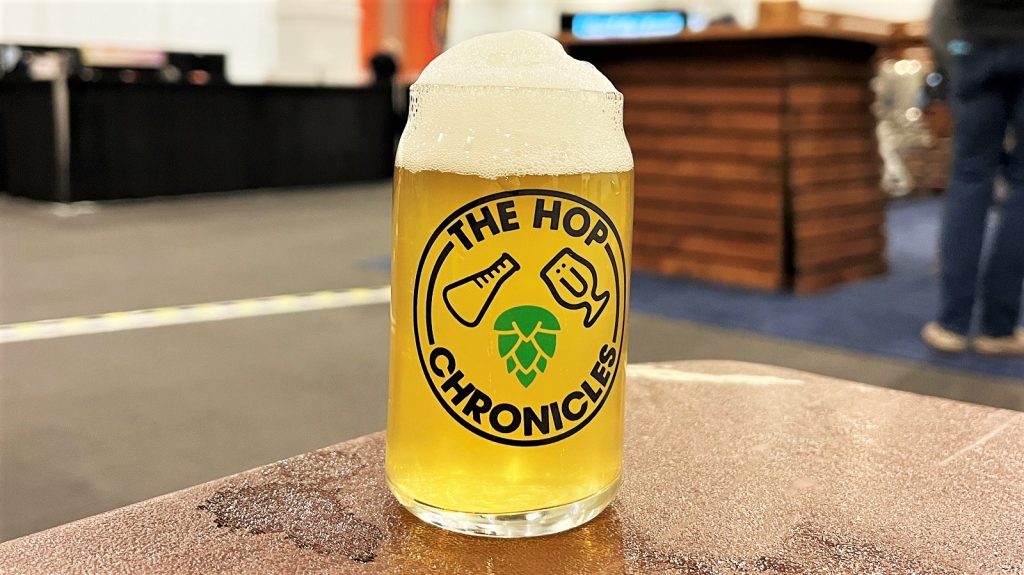

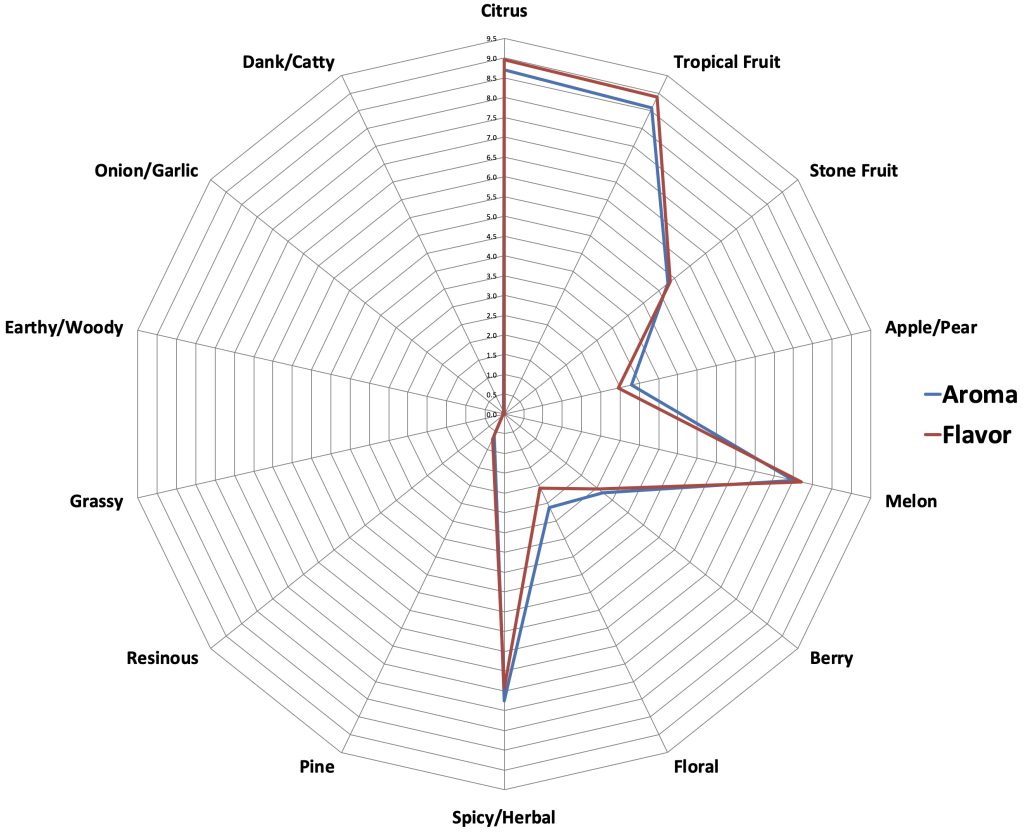
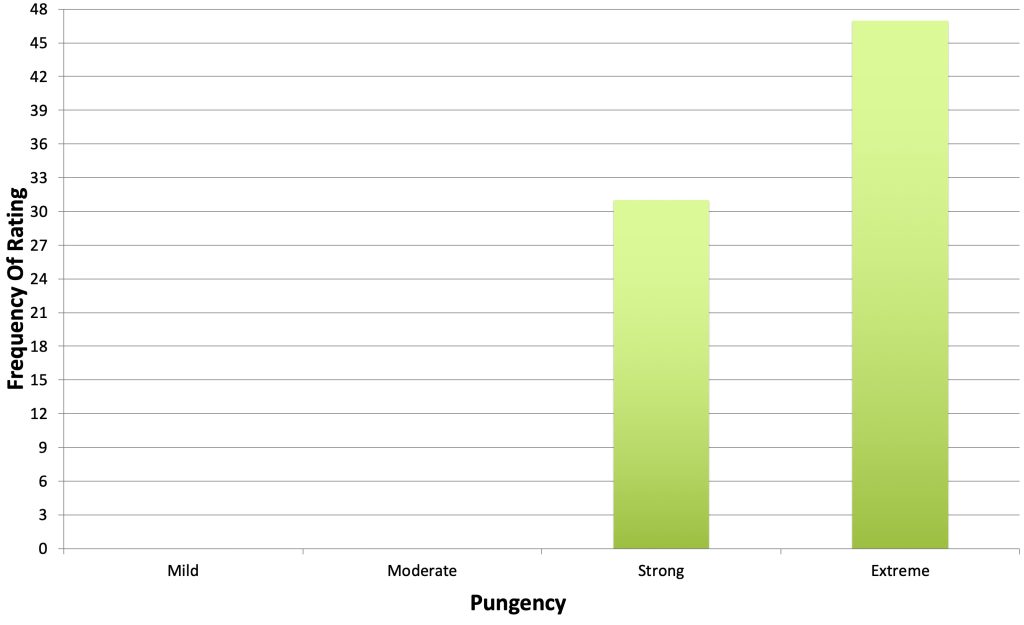
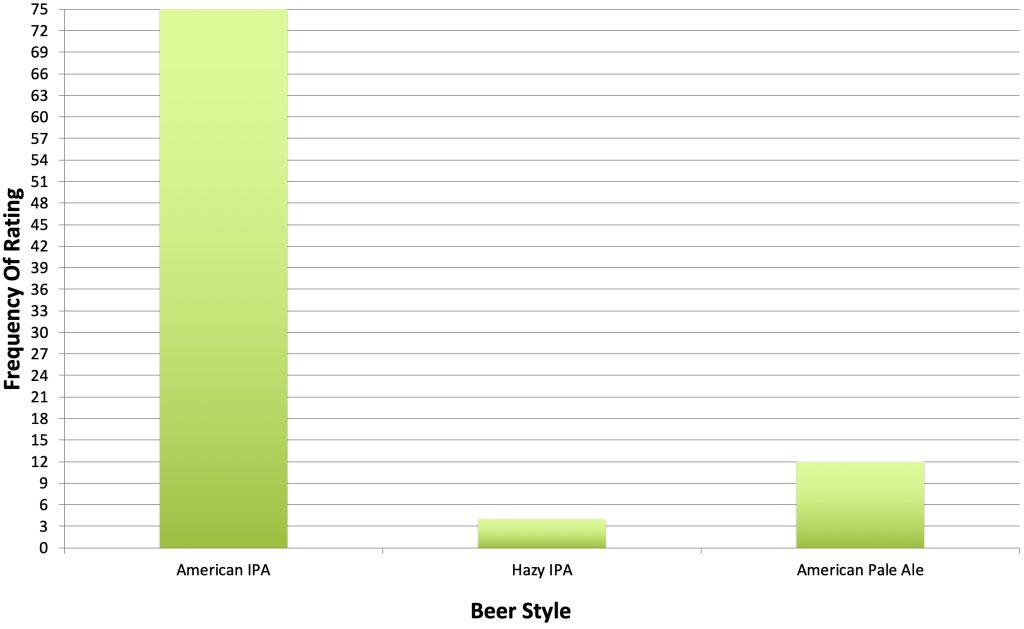
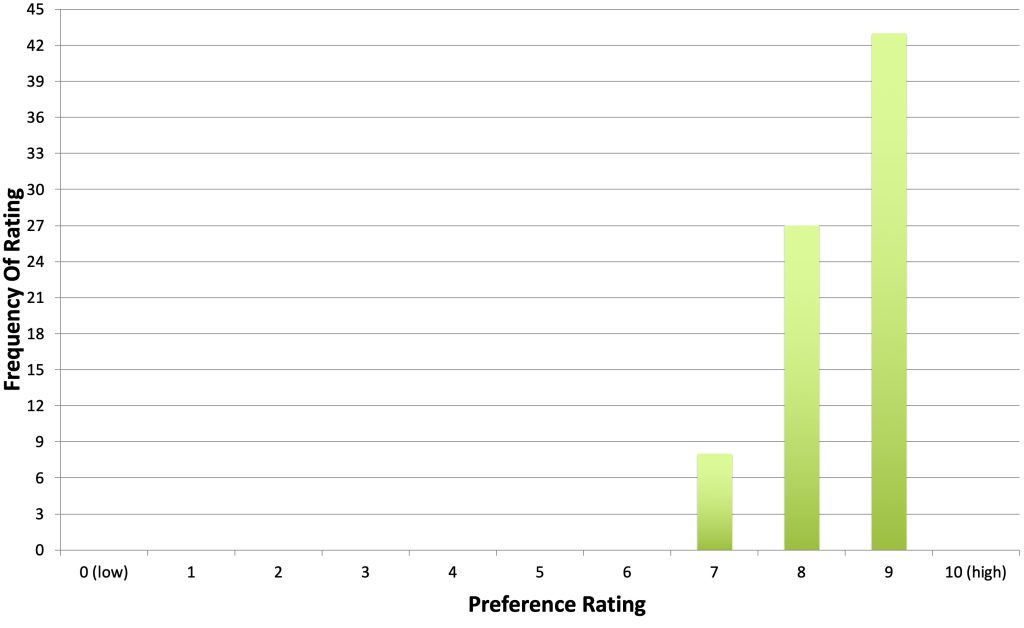











1 thought on “The Hop Chronicles | Vista (2022) Pale Ale”
I have never seen a radar graph posted on Brulosophy in which the aroma and flavor values overlap so perfectly. But I haven’t seen one that has 78 data points either. I wonder if more data in some of the previous experiments would show something similar…or something different/new?